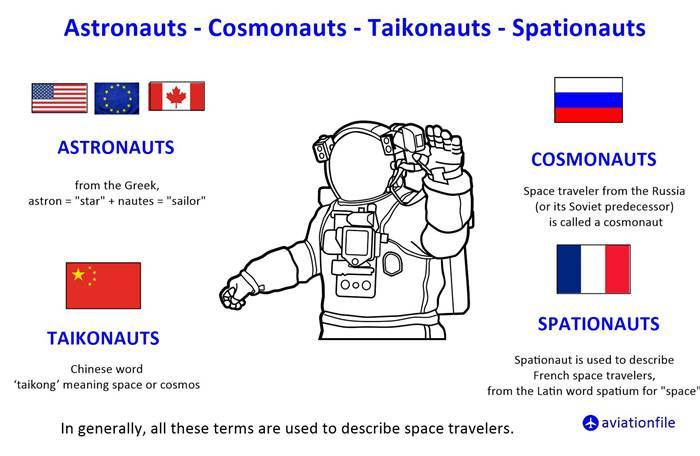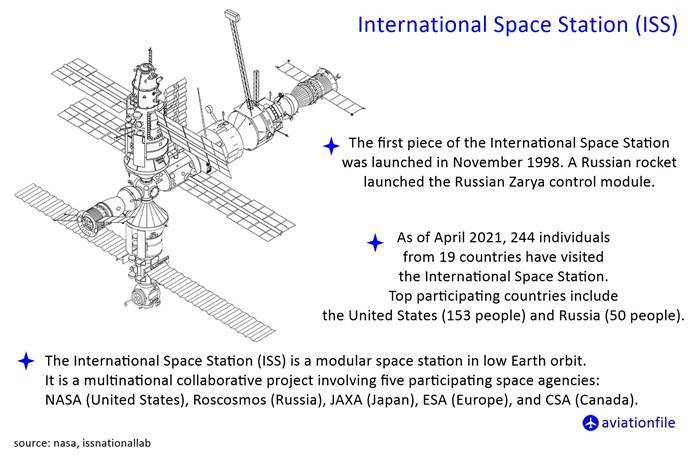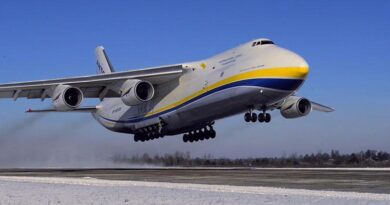International Space Station
The International Space Station (ISS) is a modular space station in low Earth orbit, serving as a hub for scientific research and technological advancements. It is a joint project between five space agencies: NASA, Roscosmos, JAXA, ESA, and CSA.
Construction of the ISS began in 1998, with the first module launched into orbit by Russia. Since then, various modules and components have been added to the station, making it the largest artificial satellite in orbit. The ISS is now the size of a football field, including solar panels and pressurized modules that house scientific equipment and living quarters for astronauts.
The ISS orbits Earth at an altitude of about 408 km, completing an orbit every 90 minutes. The station provides a unique environment for conducting scientific experiments, including research in biology, physics, astronomy, and meteorology. For example, scientists have used the ISS to study the effects of microgravity on the human body, and to develop new medical treatments for diseases.
In addition to its scientific pursuits, the ISS serves as a valuable tool for technological advancements. The station provides a platform for testing new technologies, such as 3D printing and robotics, that could have important implications for future missions to the Moon and Mars.

Crews of International Space Station
The ISS is crewed by astronauts from various countries, who live and work aboard the station for several months at a time. Living in a microgravity environment presents many challenges, but it also provides an opportunity for international cooperation and diplomacy. The presence of astronauts (cosmonauts, taikonauts, spationauts…) from different countries living and working together in close quarters fosters a sense of camaraderie and understanding among nations.
In conclusion, the International Space Station is a remarkable feat of engineering and international cooperation, serving as a hub for scientific research and technological advancements. Its presence in orbit is a testament to the capabilities of humanity and a symbol of our ongoing exploration of space.



